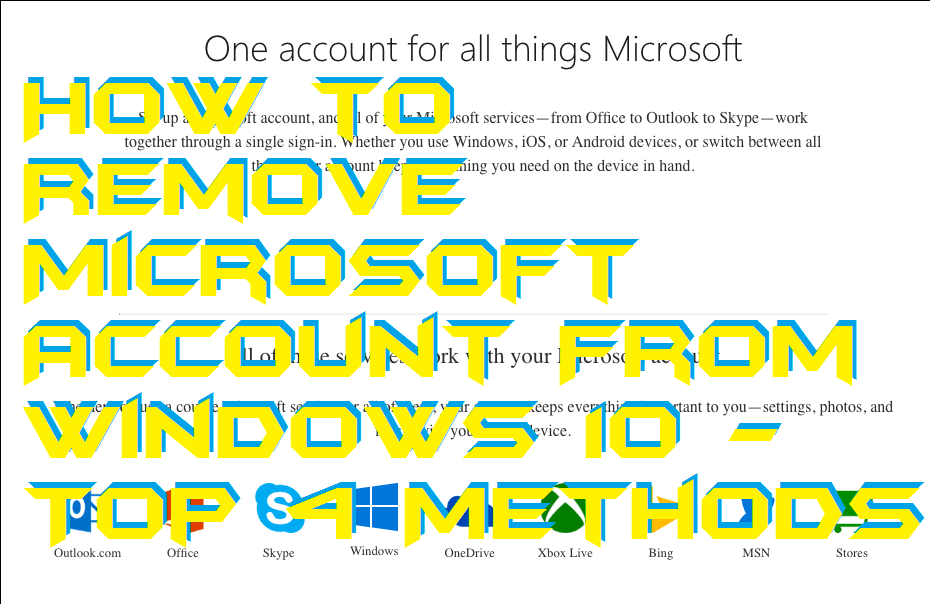

RELATED: All the Features That Require a Microsoft Account in Windows 10įor the most part it’s easy to prevent yourself from ending up with one account or another as you can easily choose which one you want when you initially install Windows or set Windows up for the first time after purchasing your PC. Then continue adding all other child profiles under your primary account. Set the desired account first to make it the primary account. Choose the radio button next to Administrator. Click on the user that you want to change. Then click on Change account type under the User Accounts section. Once authorized, the user has temporary administrator. First, type Control Panel in the Windows search bar.

Select the account that you want to sign out and click Remove. By default, you are asked for permission only when apps attempt to make a change to the computer. (Image credit: Future) Select the local account to change its name. Mark the profile as Administrator and click on Ok 8. After the new profile is created, go back to the 'User Accounts' screen, click on your user and then on 'Properties'. Your Microsoft account details are displayed here. Choose a name and password for this profile and then proceed 6. This option is on the Your info tab, which will be selected by default. Click Sign in with a local account instead. This option is on the Your info tab, which will be selected by default. To do this, follow these steps: Press Windows + I to open Settings, then go to Your email and accounts. Under the 'User Accounts' section, click the 'Change account type' option. Click the Accounts icon in the Settings window.

While there are benefits to using a Microsoft account as your login (synchronization of files and browser history, for example) many people prefer to have their Windows login as a totally separate experience and entity from any online accounts they might have (Microsoft accounts included). Click the Accounts icon in the Settings window.


 0 kommentar(er)
0 kommentar(er)
